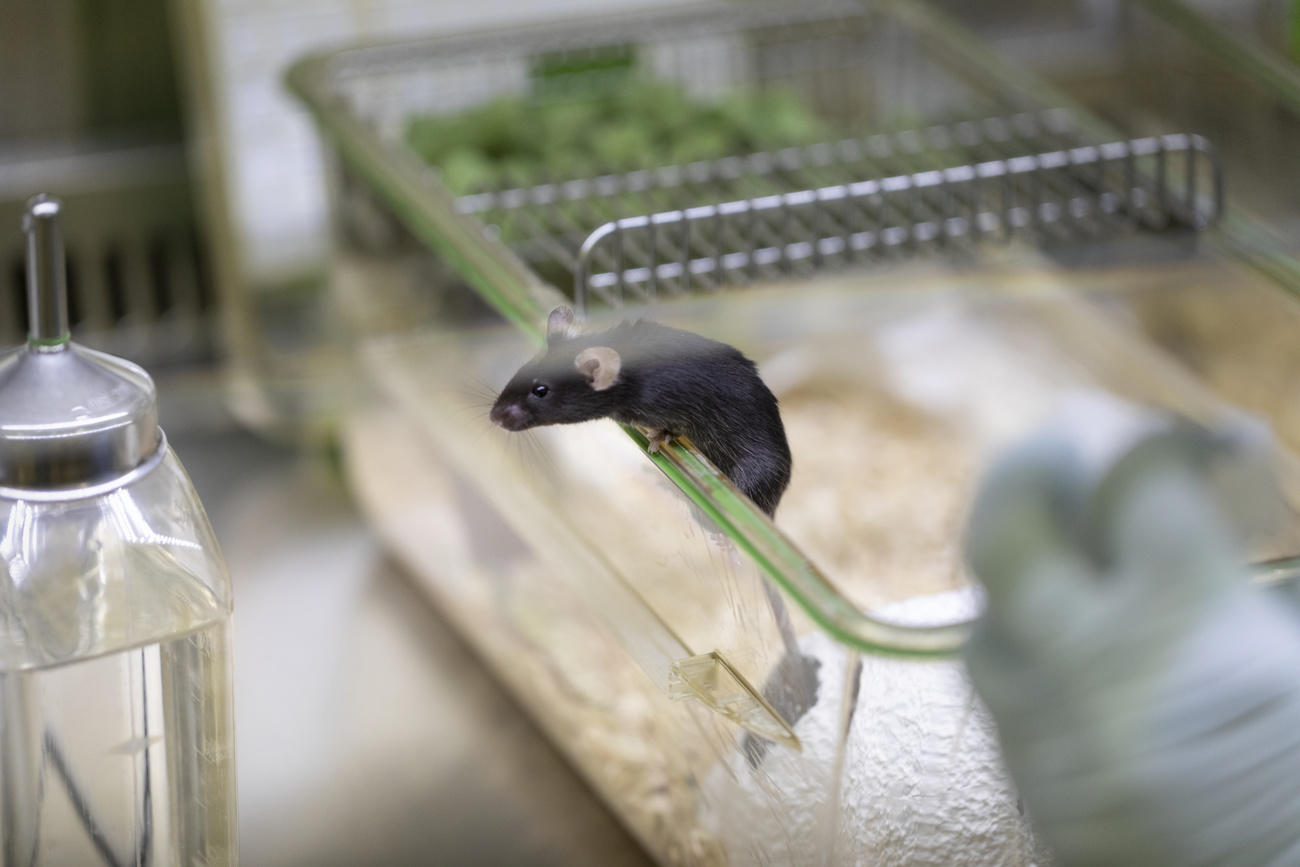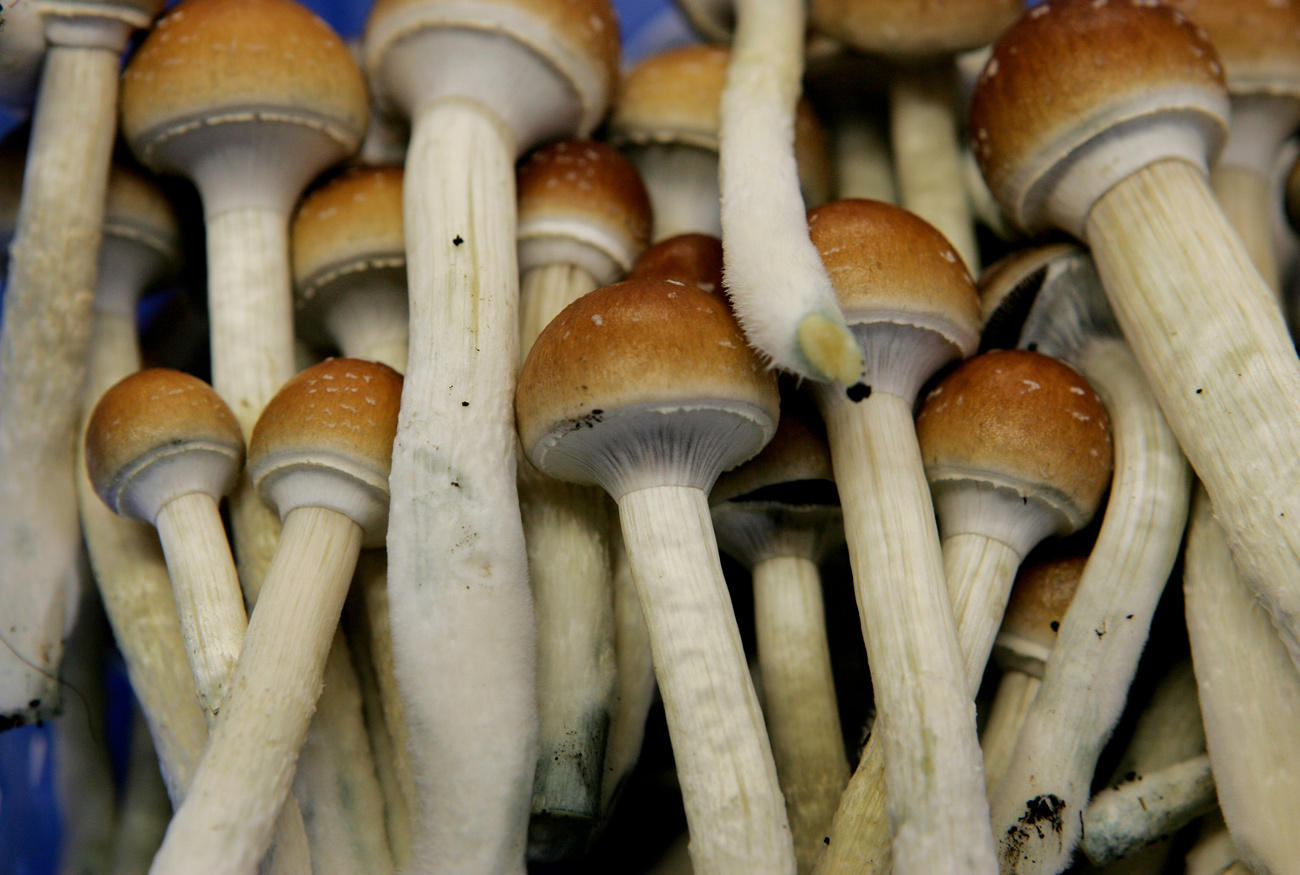Is depression caused by lack of energy or does it lead to it?

What if depression was linked to a downturn in cellular metabolism? Researchers from Lausanne have published a paper indicating there could be some truth to the idea.
Stress can lead to depression, and stress depletes the brain’s energy reserves: could it be possible that there is a link between these two phenomena?
Scientists from the Federal Institute of Technology Lausanne (EPFL) investigated this by conducting experiments on mice, and found that, indeed, re-stimulating metabolism in the brains of depressed subjects helped combat the disorder.
First, they exposed groups of mice to stressful conditions (through constraining them) then measured for depressive symptoms, using tests of sociability and decision-making capabilities.
Mice who had received a supplement containing acetyl-L-carnitine, a substance that boosts cellular metabolism, showed reduced symptoms of depression.
Acetyl-L-carnitine, which is produced naturally in our bodies and which can also be bought as a supplement, stimulates metabolism in a specific area of the brain associated with reward, effort, and motivation systems, the researchers wrote.
Interesting, “high-ranking” mice – i.e. those with a more powerful role in the group hierarchy – were the only ones to show depressive symptoms during the test.
“High-rank mice are accustomed to being in control of a situation. But under our stress protocol – where they were physically constrained – they found themselves completely powerless,” said Carmen Sandi of EPFL in a press releaseExternal link.
As for human depression, another recent study showed that depressed patients had very low blood levels of acetyl-L-carnitine. Sandi says that giving an energy boost to the brain in times of high stress could help stagve depression.
The recent research was published in the eLife scienceExternal link journal; human studies still need to be done.
More than half a million animals were used for testing in Switzerland in 2018, about 5% fewer than the previous year. Mice account for 90% of the test animals; rats, rabbits, fish, dogs, cats and primates are also used.

More
How well are Swiss animals protected?

In compliance with the JTI standards
More: SWI swissinfo.ch certified by the Journalism Trust Initiative



You can find an overview of ongoing debates with our journalists here. Please join us!
If you want to start a conversation about a topic raised in this article or want to report factual errors, email us at english@swissinfo.ch.